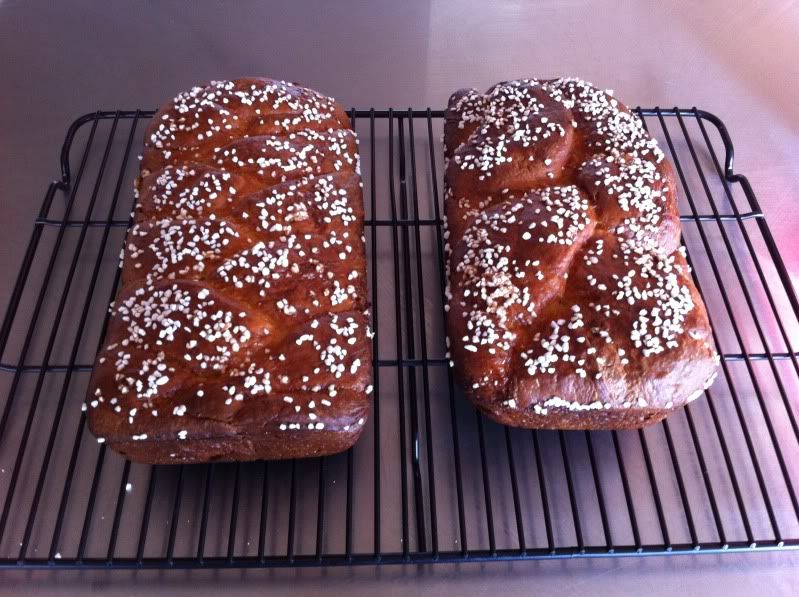I watched the video on bakers percentage and it was great. I wanted some help using this tool to scale existing recipes up and down. I will mostly be converting small 2 loaf recipes to get a bigger yield of 20-50 loaves. Thanks
There is a roll that I have not been able to make yet. I call it a Kaiser roll but don't know if that is truly what I mean. It's the type of roll you get when you get a coffee and buttered roll for breakfast in the morning.here in NYC. Very soft inside, paper thin crisp crust, when you bite into it small bits of crust flake off.I have asked around but haven't been able to find it. I have asked on TFL and gotten answers but its never quite right, the crust seems to be the problem.
Hi Chef Jacob,
I noticed that in your brioche doughnut recipe you use some dmp. I also use it in some of my formulas and am thinking about using it more often and maybe a larger amount. I currently use about .5% which is a percentage I got from information provided by Susan of Northwest Sourdough. What are your thoughts on using dmp, when it should or should not be used and in what percentages. I really can,t think of a reason not to use it
It looks like I need some practice with scoring, anyway I am really satisfied with the taste, crispy crust and the oven spring.
I try use both a preferment and autolyse for all my breads. For low hydration breads, Bagels and Pretzels, if I make a preferment/biga the hydration is to low to do an "autolyse" with the rest of the flour. It becomes to difficult to incorporated the salt and other ingredients evenly. Is there still a benefit to mixing the remaining flour and ingredients and letting it rest for a while even though its technically not an autolyse.
I just recently bought "Flour, Water, Salt, Yeast by Ken Forkish. The techniques and explanations in his book are great and I can wait to make some of the recipes. The only thing i am puzzled about is bulk fermentation. I wanted to ask what signs does everyone look for in determining when bulk fermentation is done, besides instruction in a recipe that give a time or say double or triple in size, can you do the poke test, I have heard people say to lightly slap the dough to get a feel of where its at. I would be curious to know how Ken has determined some bulk rises to be 5 hrs.
First post in Rich Doughs!
So I tried a brioche today. Here are the links I checked out to get started.
Blog post http://www.kingarthurflour.com/blog/2009/02/22/brioche-bring-it-on/
actual recipe http://www.kingarthurflour.com/recipes/brioche-recipe
Since we foodies share that cooking/baking gene, I wanted to give you all a gift. This was given to me by a pro pastry chef about 20 years ago. I met her online and will always remember her generosity to a total stranger.
Like Jacob Burton, I don't believe in keeping recipes secret. Different hands create different flavors, and we are all here to teach each other something. So as Holidays draw near I want to share the best Cinnamon Bun recipe that I have ever tasted, bar none. I hope you try it.
Some pointers:
Here is a photo of two brioche I made using the recipe from King Arthur and using two braiding methods: one with two braids and the other with three. About 5 minutes too long in the oven, but still tasty.

This week's bread baking was all about challah. Friday nights always centered around challah and chicken soup. After two weeks, I finally corrected my original errors and created a really crispy crust and moist crumb. Great smell of yeast and honey.
Adapted this from Peter Reinhart's - Artisan Breads Every Day
This recipe makes one loaf: